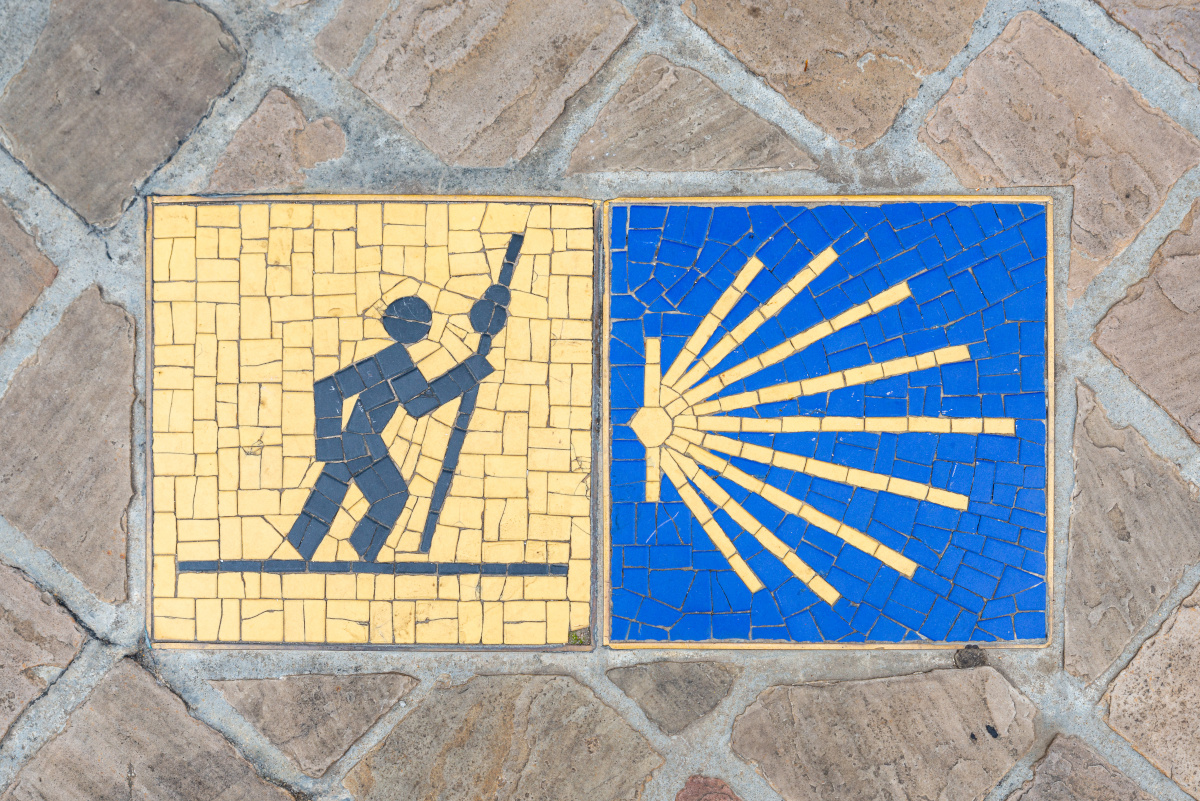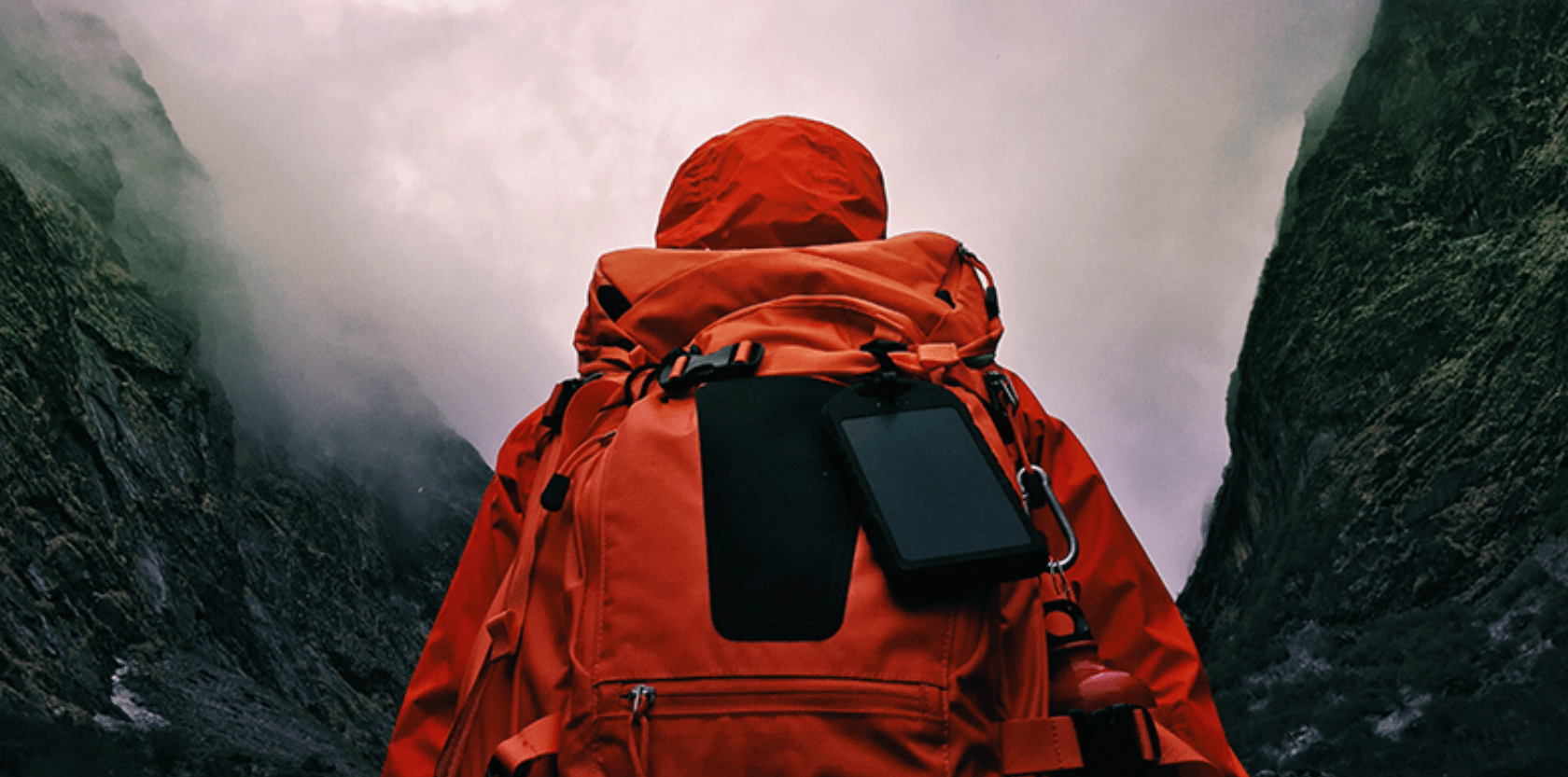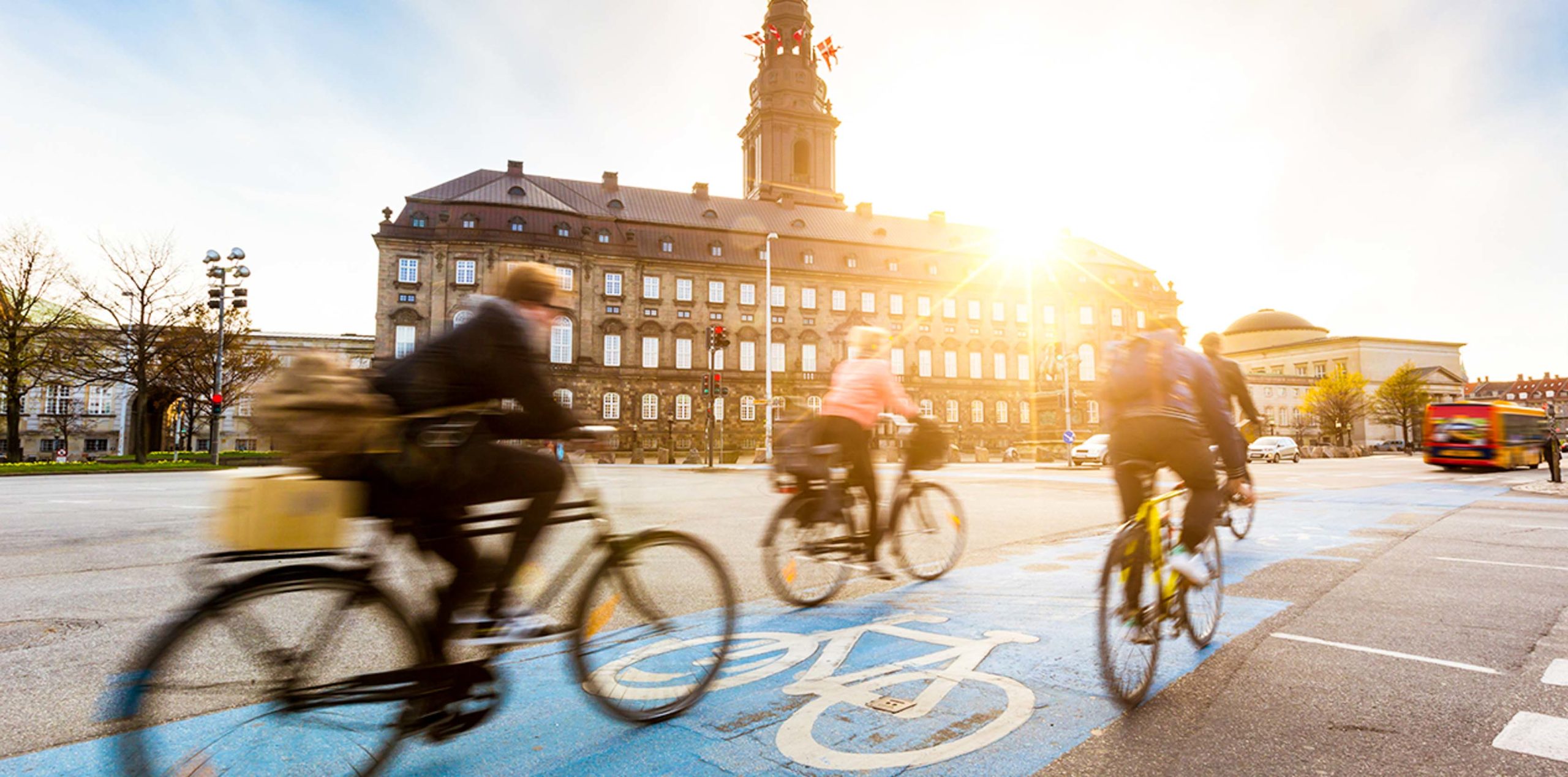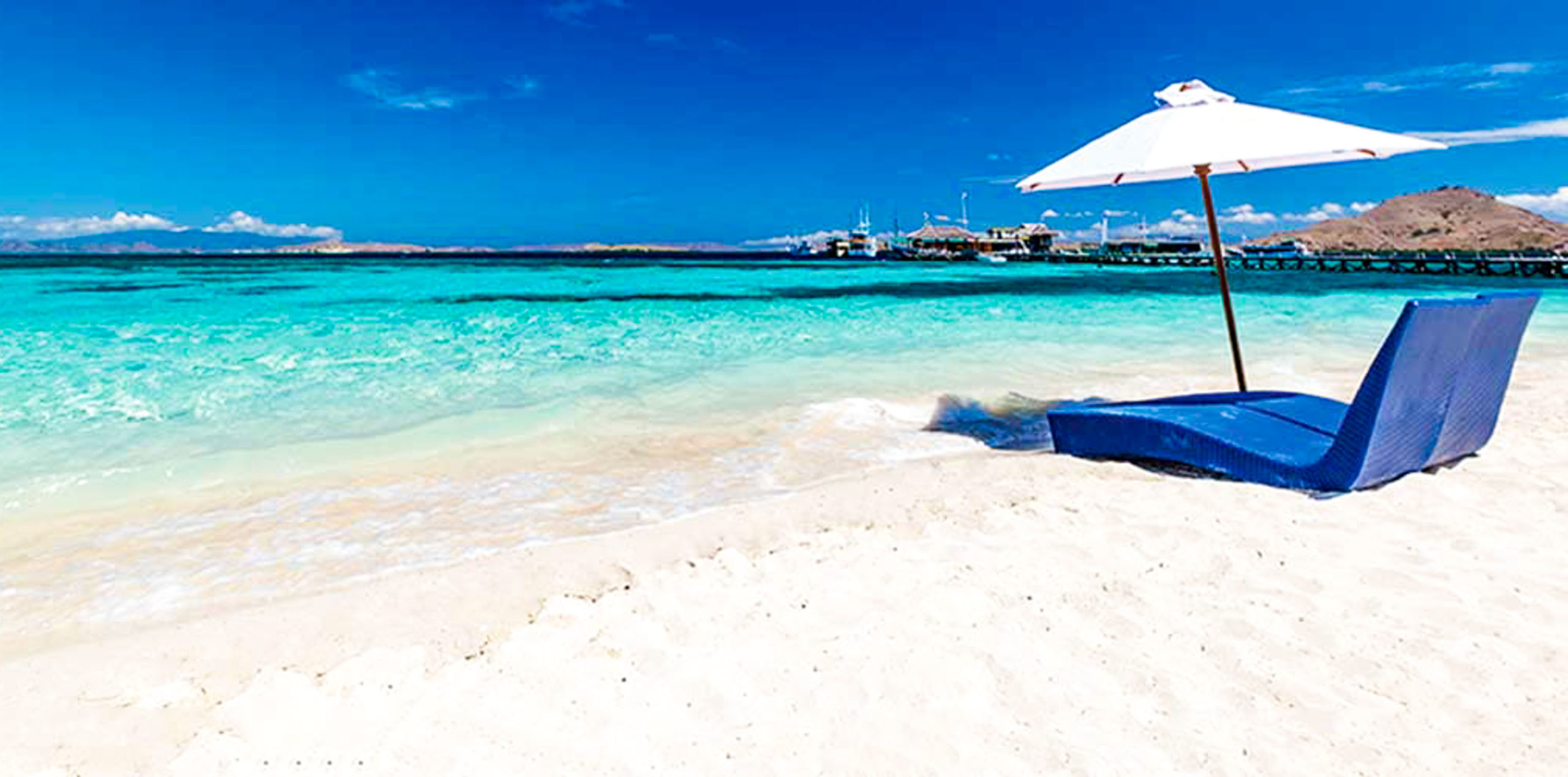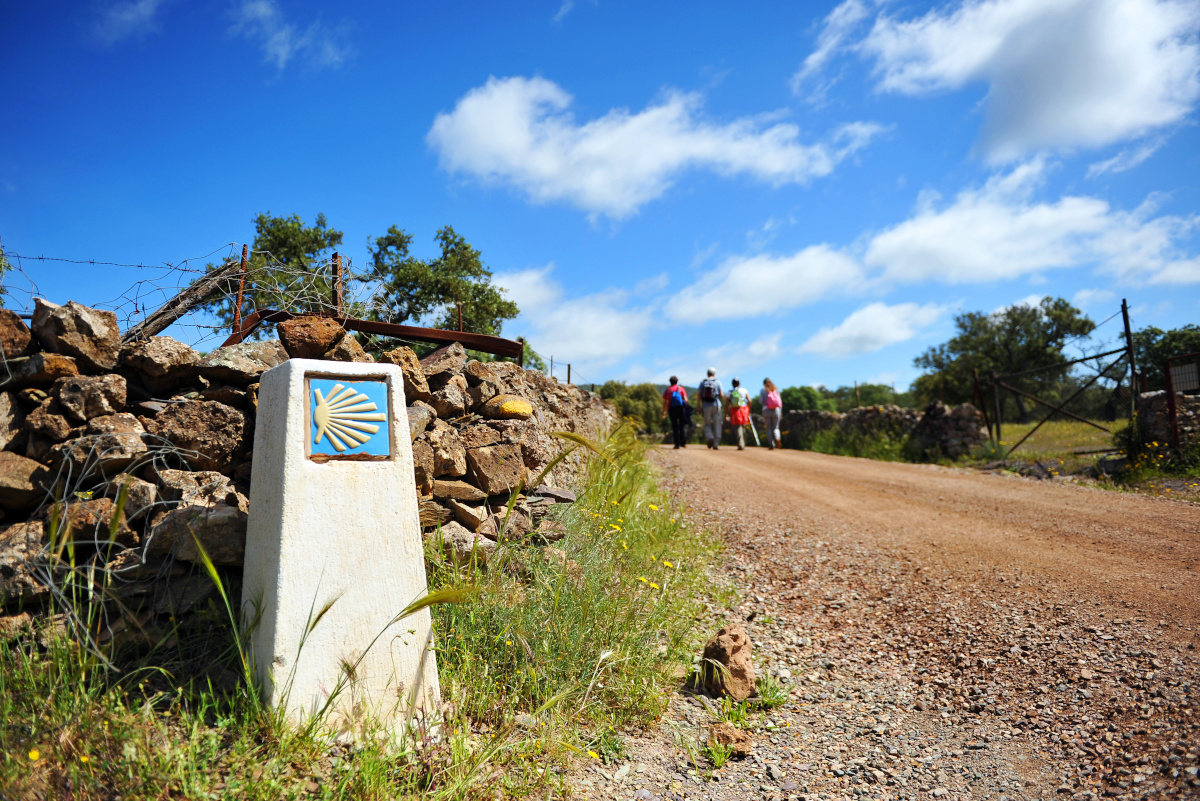
The Scoop on Trekking Insurance for Your Camino de Santiago Adventure
October 9, 2025
Why You Need Trekking Insurance for the Camino
There is something beautifully humbling about the Camino de Santiago. It's a footpath about 500 miles (800 kilometers) long that was worn into history first by pilgrims from many other European countries and then by other world travelers who all sought meaning, solace or salvation. Modern trekkers walk Spain's historic path for the same reasons, as well as a pause from modern noise.
Yet even ancient trails require modern preparation. Among the most important steps is purchasing travel insurance that supports every footfall, especially when the path grows unpredictable.
The Camino isn’t Everest. But this world-renowned destination is long, physically demanding, and often remote. Whether you choose the Camino Francés, the Camino Portugués, or the quieter Via de la Plata, you’ll be walking hundreds of miles, with many of those miles over uneven paths, in shifting weather, with aging knees or, occasionally, a beginner’s overly ambitious enthusiasm.
Overuse sprains and strains are common. Hot spots become blisters, blisters become raw, debilitating injuries. A missed train can mean a cascade of canceled albergue (hostel) stays. Many pilgrims start with tight, ambitious itineraries, and yet, life happens. Natural disasters also happen. Travel delays, medical emergencies or a missing passport can unravel your experience—unless you're covered.
That’s why travel insurance on a long trail isn't about fear. It's about confidence, freedom, and calm. The right policy gives you permission to adapt, to rest, and to handle the unexpected with grace, not panic. For example:
- Trip Cancellation coverage reimburses you if something prevents you from starting on your specific travel dates or forces you to immediately return home.
- Medical Care provides emergency health care and will cover medical expenses in rural Spain without worry.
- Lost Documents protection helps you recover your walking adventure if a wallet or passport goes missing.
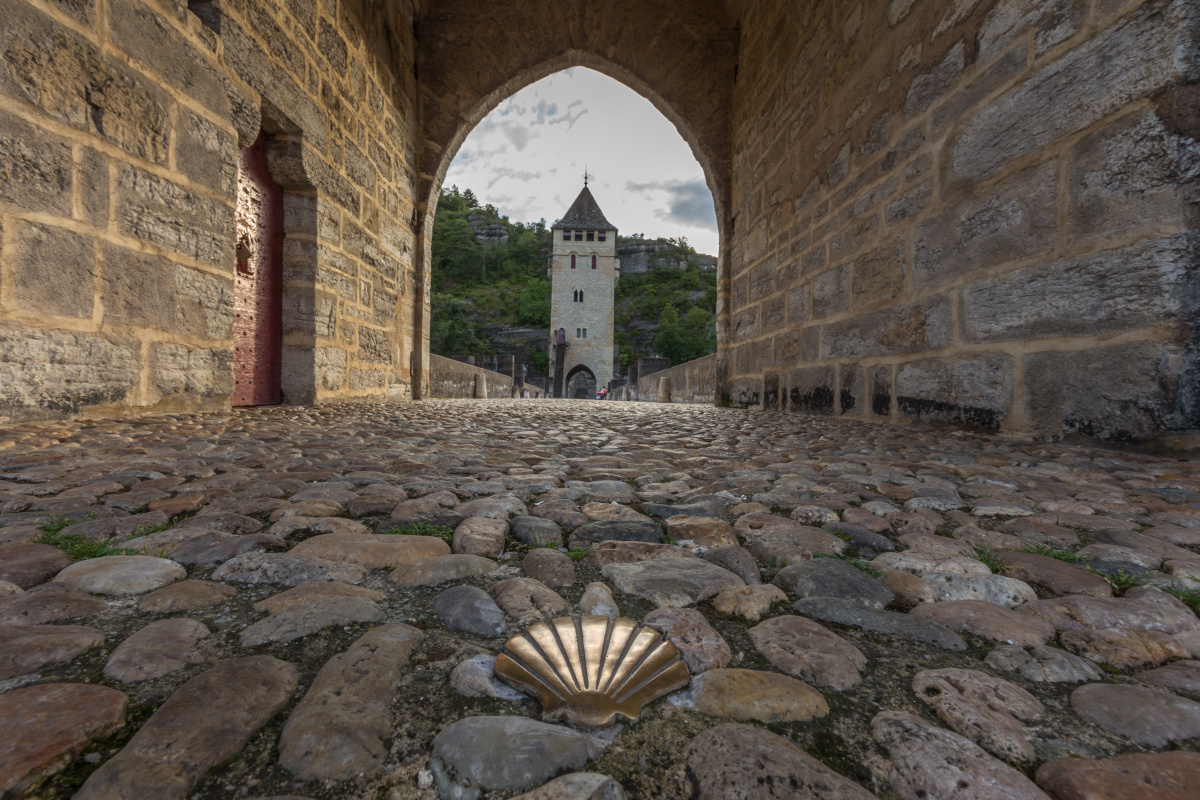
Common Risks for Camino Pilgrims – and Key Prevention Tips
So, what types of disruptions does travel insurance cover on the Camino trail?
Physical Issues, Fatigue and Medical Emergencies
Long days of 9 to 15 miles (about 15 to 25 kilometers) can lead the unprepared to medical conditions like tendonitis, blisters, or heat exhaustion. Even a mild strain can force a pause that can delay your plans.
Rest days in towns like Astorga or Ponferrada give joints time to heal. Start early in the day and absolutely wear comfortable, broken-in footwear.
Theft, Lost Luggage and Gear Loss
While the trails are safe, theft occurs, especially in larger towns like Sarria, Pamplona, and León, where pilgrims often congregate. Or perhaps an airline error caused some lost luggage.
So be sure to keep passports and credit cards in neck pouches or money belts. Don’t leave valuables unattended in albergues. But if your bag does disappear, good insurance will reimburse you for the essentials.
Trip Interruptions and Delays
A delayed flight into Pamplona or Biarritz might cause you to miss your bus to Bayonne or your train to Saint-Jean-Pied-de-Port. Illness or other medical reasons may force you to skip a few stages – or have to cancel your whole trip – and this is certainly one trip you don’t want to have to miss.
Build flexibility into your plan. If you need to pause for a few days in Burgos or Santiago, you can do so calmly with insurance covering unused bookings.
What to Look for in a Camino Insurance Policy
Finding the right insurance can be hard. Or is it? Here’s your guide to finding the right coverage.
I mean, choosing insurance is not just about ticking a box. It’s about understanding what you personally need. After all, even a blister can derail your trek if you’ve booked tight dates. That’s why travel insurance matters.
Here are the four key areas to review in any policy:
Medical Care and Medical Emergencies
Even though Spain offers high-quality, low-cost healthcare, non-EU travelers won’t benefit from reciprocal care agreements. Redpoint’s 24/7 coordination is especially valuable if you’re far from cities. Some clinics may not speak English. So look for medical coverage that includes:
- Access to doctors via phone or app if you’re in a rural stretch (such as the one past O Cebreiro)
- Reimbursement of out-of-network medical expenses from medical treatments or clinic visits
- Transportation to the nearest town or hospital
- Emergency evacuation
Lost Documents and Gear
- Reimbursement for lost luggage, gear and electronics
- Gear replacement
- Support in replacing your passport or other documents (sometimes with local embassy coordination)
- Cash theft coverage, which can be critical in smaller towns without nearby ATMs
Trip Delay or Interruption
- Rebook lodging
- Reclaim prepaid nights or stages
- Rejoin a group tour on the trail at a later date
- Recover costs for prepaid hotels, transportation, or tours
Activity Exclusions
- Activities over 2,000 meters (relevant if you are crossing the Pyrenees)
- Trips longer than 30 days
Which Redpoint Plan is Right for You?
Here’s a quick guide for you to quickly understand your options. After all, Redpoint offers several tailored options for trekkers. Each plan supports different needs—from low-key, month-long walkers to first-time pilgrims joining a group tour. Here’s how the three main plans compare:
|
|
|
|
|
|---|---|---|---|
| Plan Description | Best evacuation and rescue with the premier travel insurance designed for adventurers | Best evacuation with the premier travel insurance coverages designed for passionate travelers | Standard industry travel insurance for “budget conscious” travelers |
| For These Trips | Travel to remote locations or developing countries without immediate access to quality emergency medical services (ambulance | Travel to developed locations with immediate access to quality emergency medical services (ambulances) | Best for domestic or budget travel. Medical evacuation to local suitable hospital as determined by the attending physician |
| Best For These Activities | Adventure seekers, climbers, skiers, sports enthusiasts, hunters, expeditions, safaris, remote travel, international travelers, humanitarian efforts, and more | Major international tourist attractions, bicycle touring, day hiking, cultural experiences, urban travel, leisure travel, luxury trips, and more | Domestic travel and leisure activities |
| For These Travelers | Travelers who want evacuation and rescue from the point of emergency home combined with premier trip cancellation/interruption, primary medical expense coverage, and more* | Travelers who want evacuation home if they’re hospitalized combined with premier trip cancellation/interruption, primary medical expense coverage, and more* | Budget-conscious. Content with medical evacuation to the nearest appropriate facility only if medically necessary |
| Includes Rescue From Point Of Injury Or Illness | |||
| Includes Optional Security Extraction For Unexpected Natural Disasters, Terrorism, Civil War, And Other Dangerous, Chaotic Events | |||
| Includes 24/7/365 Access To Paramedics, Nurses, And Military Veterans | |||
| View Ripcord | View Cavalry | View Harbor |
Ripcord
For solo travelers or those venturing beyond main trails. It includes full medical evacuation, gear coverage, and help if you’re injured in isolated sections (like after Rabanal del Camino).
Cavalry
Provides coverage for pilgrims staying mostly on populated routes like the Camino Francés. Ideal for first-timers trekking independently but near towns.
Harbor
An excellent budget plan for those on a guided tour or group pilgrimage. It includes essentials, with optional upgrades. Great if you’re sticking to the Camino Portugués or English Way.
Note for older travelers: All Redpoint plans are age-inclusive, and many include support for pre-existing conditions if purchased within a specific window after your first booking.
Essential Camino Trekking Tips
How do you make the most of your adventure? Follow these quick (but important) suggestions!
Whether you walk for spiritual reasons, adventure, or reflection, the Camino de Santiago rewards mindful preparation. Unlike a wilderness expedition, the Camino blends modern convenience with timeless tradition. Still, walking a dozen miles a day demands both physical and mental readiness.
Small missteps (like poorly fitted shoes or missed bookings) can snowball. Respecting this world-class trail, caring for your body, and planning with flexibility all contribute to a meaningful experience. The tips and advice below focus on what older or first-time pilgrims need most: comfort, security, and peace of mind.
Physical Training
Strengthen your legs, hips, and back with gentle bodyweight exercises like squats, lunges, and planks. Prioritize balance and joint mobility, especially if you’re over 50.
Practice walking on varied terrain (gravel, hills, cobblestones, etc.) to mimic the trail’s conditions. Most importantly, listen to your body. Your success isn’t about speed, but steady, mindful endurance and the confidence to keep going.
Gear and Packing Advice
Sherry Ott, a seasoned professional travel blogger, gives packing advice, it’s not just a tip—it’s a lesson in travel survival. She puts it plainly: “Dry fit everything – in order to do laundry and get things dry overnight (because you don’t want to carry many clothes at all!), you need to bring dry fit or quick dry clothing.”
Foot care is paramount. Invest in well-worn, breathable hiking shoes with strong arch support. Include two pairs of moisture-wicking socks per day and rotate them. A blister care kit is essential: Compeed, antiseptic wipes, and breathable tape can mean the difference between walking joyfully, limping in pain or even having to abandon your dream trek all together.
Albergue (Hostel) Checklist:
- Sleeping bag liner (lightweight)
- Earplugs and eye mask
- Quick-dry towel
- Flip-flops for showers
- Padlock for lockers
- Personal hygiene kit (small sizes)
- Portable charger
When Sherry Ott set out on her journey, she wasn’t fluent in Spanish, but that didn’t stop her from navigating the Camino. “I did not know any Spanish when I started,” she admits, “however, I was able to learn a few key vocabulary words for food and how to reserve a bed. Surprisingly, most shopkeepers and albergue owners did not speak much English at all. But through the few words I knew I was able to get by. Everyone on the trail speaks English and you can normally find someone to translate for you if you really find yourself in a bind. It was never really an issue.”
Bring two trekking poles if balance is a concern. They ease pressure on the knees, especially in hilly areas like O Cebreiro.
And while they certainly aren’t ‘gear,’ put careful thought into choosing your travel companion(s) too!
Trail Safety and Etiquette
Always carry ID and your passport in a secure pouch and NOT in your backpack. Unfortunately, theft can occur, particularly in busy towns like Pamplona, Sarria, or even Santiago. Losing your passport mid-trek can halt your world-class holiday entirely.
Respect local customs and fellow pilgrims. Greet with “Buen Camino,” and avoid loud noise at night in albergues. Stay on marked paths and avoid shortcuts through farmland or private land. Many towns, such as Galicia, are small and rely on respectful tourism to thrive.
Watch for signs of fatigue: dizziness, joint pain, and irritability. Rest when needed. The Camino rewards those who walk in tune with their body and spirit, not those who rush.
Booking and Planning
Sherry Ott reflects candidly on her approach to the Camino, admitting that she did very little preparation before she started, which she doesn’t recommend. While spontaneity worked for her, she encourages first-time or solo pilgrims to take a more thoughtful approach. “If you are taking on the pilgrimage solo,” she advises, “then it will likely ease some butterflies and concerns if you do a little planning and research before you go.”
The most popular stretch, Sarria to Santiago, is often crowded. Many pilgrims begin in Sarria because it’s the minimum distance needed for the Compostela certificate (which is awarded for trekking at least 100 km, or biking at least 200 km). This stretch offers daily accommodation but can get booked out, especially in Holy Years or local festival weeks (e.g., St. James Day in July).
Trains and buses in Spain are generally reliable, but tickets for key connections like Madrid to León or Santiago to Porto should be reserved early. Avoid assumptions about last-minute availability, especially if your flight connections are tight.
If you’re walking longer routes like the Camino del Norte or Via de la Plata, allow buffer days for rest or detours. Booking your first two nights can relieve arrival stress. After that, consider using apps to reserve ahead while staying flexible.
No matter your route, make sure to do your research first! Whatever your questions or concerns it’s worth checking on them all early and certainly well before your departure.
Final Thoughts: The Camino Is a Journey of Release & Trekking Insurance Lets You Walk Light
Before you take a single step on the trail, these last reminders will help guide you toward a more positive, pleasant and, ultimately, successful experience.
As you’ve probably inferred by now, the Camino de Santiago has a way of making you become more one with the world, stripping away the non-essential. You learn to carry less, absorb more, and greet each day with open, humble, quiet curiosity. But letting go of anxiety about injuries, logistics, or missed connections? That takes support.
While experiencing this world-renowned trail is a deeply rewarding journey, it’s not without its challenges. Walking these distances, potentially up to (or more than) 500 miles, places steady strain on the body. Even seasoned hikers face setbacks like blisters, joint inflammation, or heat exhaustion that can force a break from the trail. For older pilgrims or those new to trekking, these physical tolls can surface early and unexpectedly. When you buy travel insurance, it ensures that if you need medical attention, transportation, or rest, you’re not alone and not out of pocket.
The trail will also present logistical uncertainties. If you do experience delayed trains, missed connections, or have to skip a stage due to fatigue or a medical emergency, a good insurance policy with trip delay or interruption coverage allows you to recover prepaid bookings, whether that’s a hotel in León or a transfer to Santiago, without financial stress.
If your trekking poles get left behind, phones or passports get stolen in crowded towns like Sarria or Pamplona, or your backpack is accidentally switched in a busy albergue, the right coverage will reimburse you for lost or stolen equipment and assist you with replacing essential documents.
When you buy travel insurance, it doesn’t just prepare you for emergencies—it supports your ability to adapt, recover, and walk with confidence. After all, it’s not a safety net: it’s like a trekking pole. It’s there when your body or plans waver. It helps you recover, pivot, or pause. It ensures that what could be a crisis becomes just another story told over café con leche in a shaded plaza.
Walk with intention. Walk with presence. And walk with the assurance that you’ve prepared for the unpredictable.
Buen Camino.
FAQs about Camino de Santiago Trekking Insurance
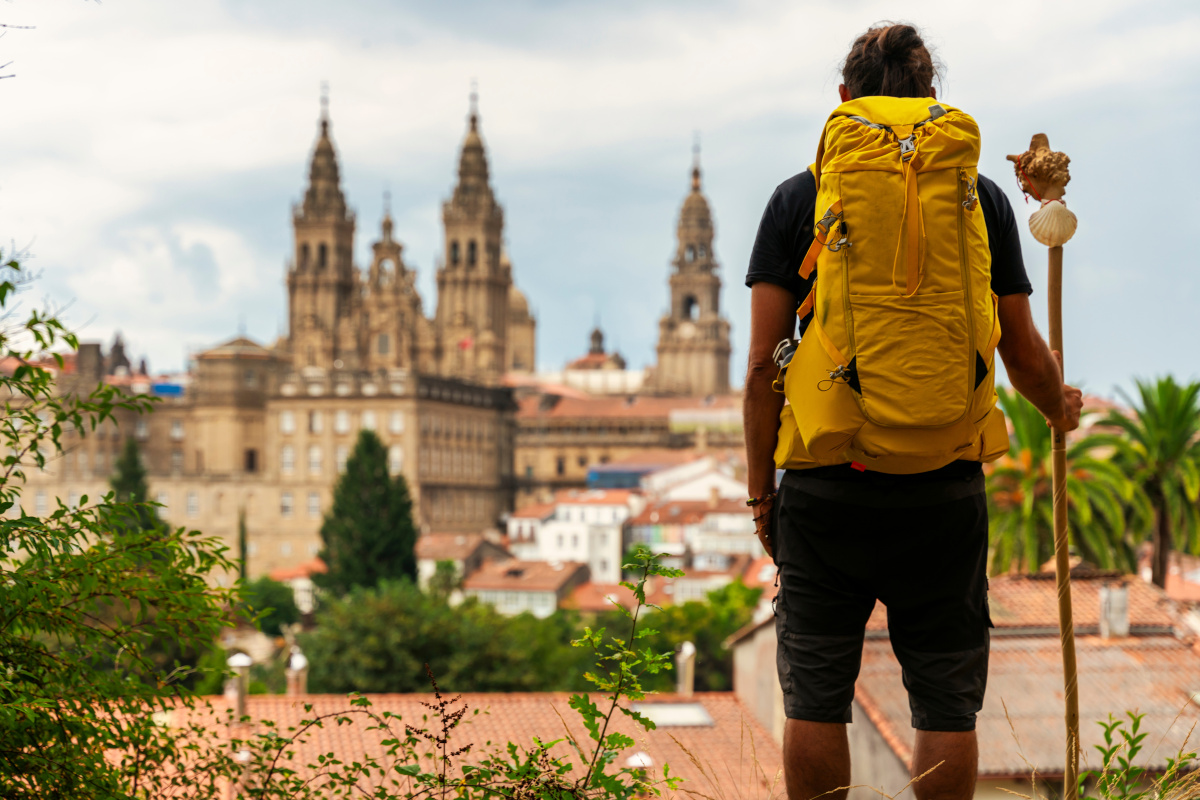
Do I need insurance for the Camino de Santiago?
What injuries or health issues are covered while trekking the Camino?
Does insurance cover lost or stolen passports on the Camino?
What if I miss a hotel booking or albergue due to an accident?
Get Protected for Your Trek with Redpoint
While training is up to you, Redpoint can help keep you protected on your high-altitude trek with comprehensive travel insurance. Our international travel insurance plans — Ripcord, Cavalry, and Harbor — include medical care and emergency evacuation coverage in case anything goes wrong on your trek. Get a quote for your next trip today, and don’t leave sea level without it.
